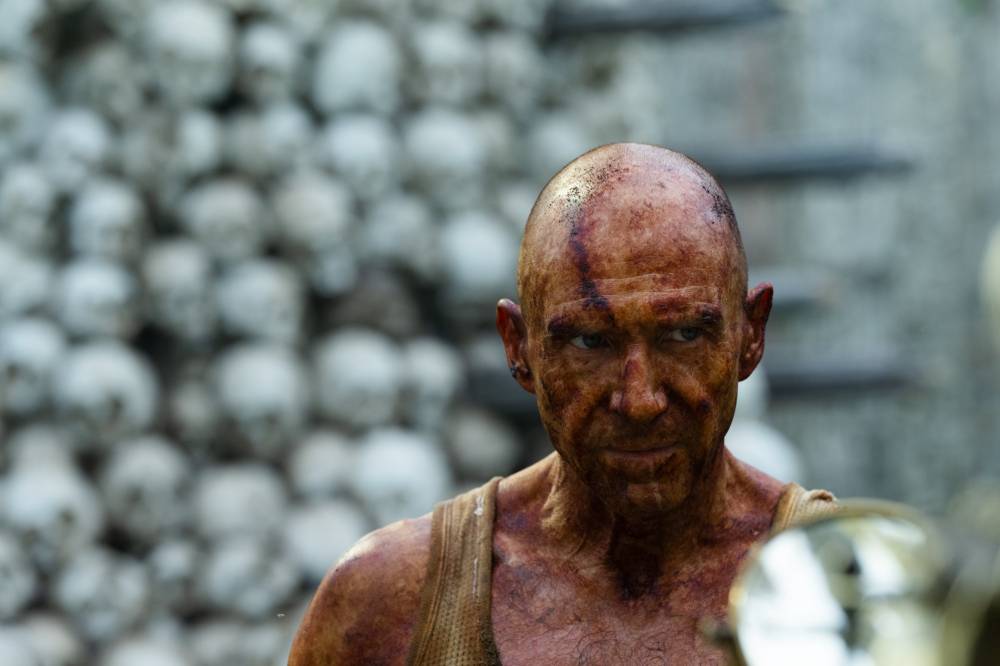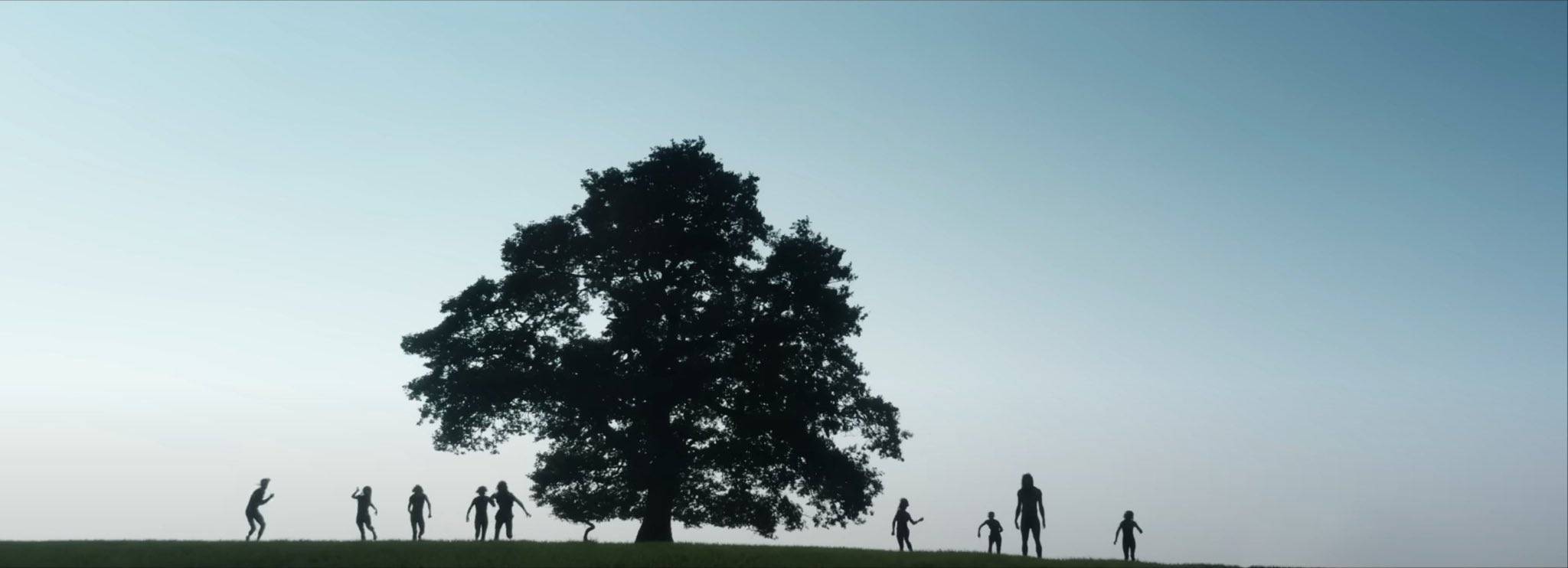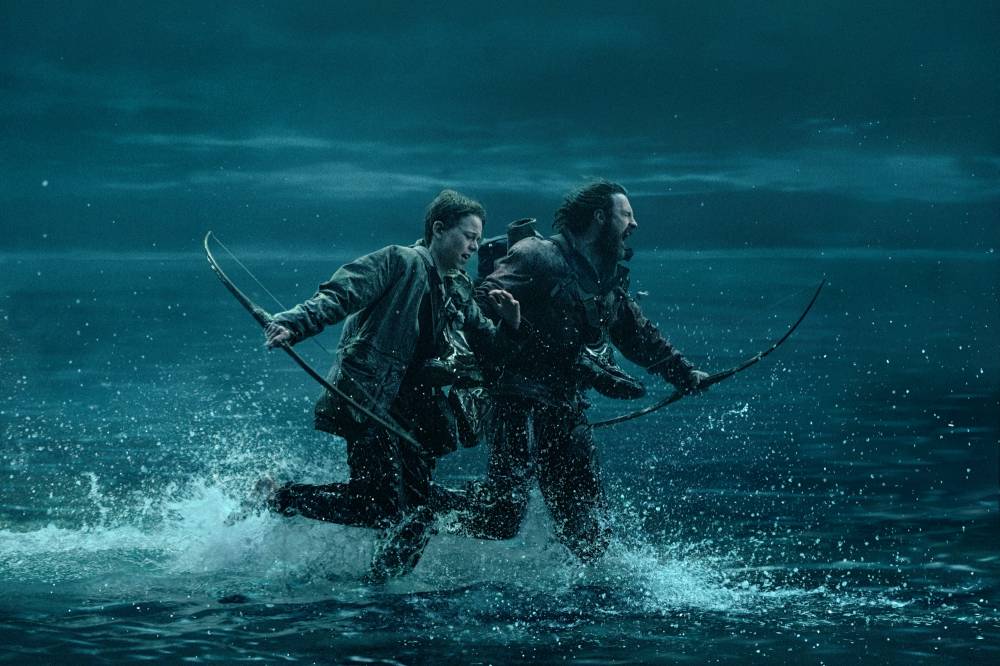’28 Years Later’ presents the new, savage status quo

Important information first: you don’t need to have seen 2002’s “28 Days Later” or 2007’s “28 Weeks Later” to understand 2025’s “28 Years Later.” Original writer Alex Garland and original director Danny Boyle return to the franchise they started, yes, but the only real thing connecting the latest entry story-wise to its earlier brethren is the world it takes place in.
Ravaged by the “Rage” virus, the United Kingdom is a permanent quarantine zone. A makeshift community survives on Holy Island, off the shore of England but connected by a causeway that may be traversed during low tide. 12-year-old Spike (Alfie Williams) is being taken to the mainland for the first time by his father James (Aaron Taylor-Johnson). It’s a perilous undertaking, usually reserved for when one turns 14, but James insists Spike is ready. The community cheers them on, wishing them luck, as Spike’s mother Isla (Jodie Comer) lies ill at home, her memory lapses ebbing and flowing. During the trip, Spike encounters some Infected, even gets his first kill, but he and his father also stumble upon something new, and complications arise when they miss their window and need to stay until the next low tide.

“28 Days Later” was a global hit, a franchise starter and product of its time, shot mostly on digital video with the prosumer Canon XL1 camera. While not using the word zombie, its Rage virus (transmitted by monkeys) Infected were effectively understood to be zombies, albeit the running, fast-moving kind (which ushered in a bit of a trend, picked up by Zack Snyder’s “Day of the Dead” remake and Marc Forster’s “World War Z”). Seeking a similar spirit, Boyle shot much of “28 Years Later” with iPhones, sometimes rigging as many as 20 in a semi-circle to achieve what many referred to in promotional pieces as an “ultra-widescreen” feel which did not seem present at all in the film. The rigs in fact were used for a kind of “bullet time” effect the way the Wachowski siblings innovated in “The Matrix.”
World-building
There are some fascinating bits of world-building in the film. As the Rage virus presents a possible evolution, so too do the survivors present a “de-volution.” They’re surviving but not back to what they could be, which seems to be what’s happened outside the UK. They’ve reverted back to religion, there are no doctors and no more bullets, it seems. Everyone has one of six roles that contribute to the community. Boyle and crew present the new status quo of 2030, before throwing the boys in the deep end.

If you’re looking for a quintessential zombie movie, you may be disappointed. Garland and Boyle have always been interested in more than that. Yes, there are intense zombie sequences, menacing and claustrophobic, the score by Young Fathers rising to unnerving crescendos, but there are also dreamy, slow burn parts. Boyle and cinematographer Anthony Dod Mantle use a variety of film stocks; they bring back skewed dutch angles, contrasting beautiful nature shots with mutilated corpses, the clothes of the Infected having been stripped away in the last twenty-odd years.
At its core the film is anchored on Spike as he comes of age. There are more revelations at hand than just how to handle himself in front of an Infected. He learns he has to seek out the sole doctor (a softly unhinged Ralph Fiennes) anybody knows who’s still alive, if he has any hope of helping his mother. What follows from there is a more elegiac piece, meditative while also throwing in one horrific scene after another.
Boyle’s jumpy cuts occasionally lean toward overindulgence, including some rather heavy-handed inserts of stock footage and archival audio. The Rudyard Kipling poem “Boots” was used in the first teaser and appears here as well. It can feel jarring to have tonal whiplash; even the ending feels like it could’ve come from Monty Python. While it can feel overall like a mixed bag, with further installments planned, each section is a strong piece, and not every section is something you’d expect in what is ostensibly a zombie movie. Where they go from here should be interesting.

















